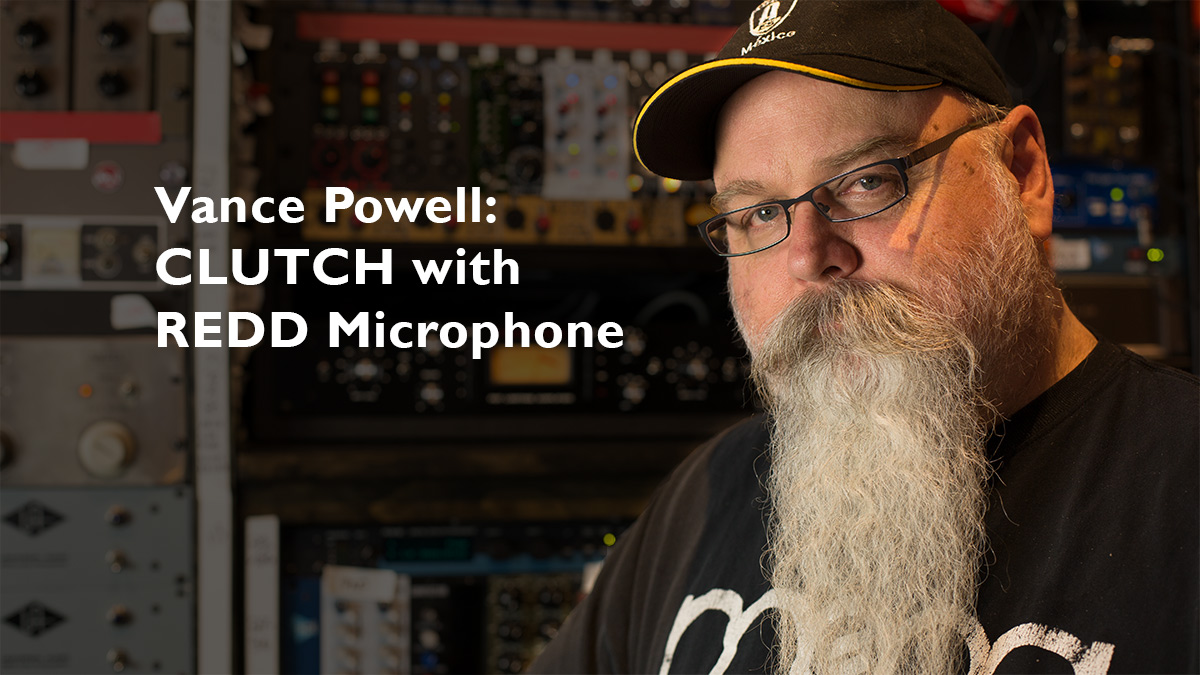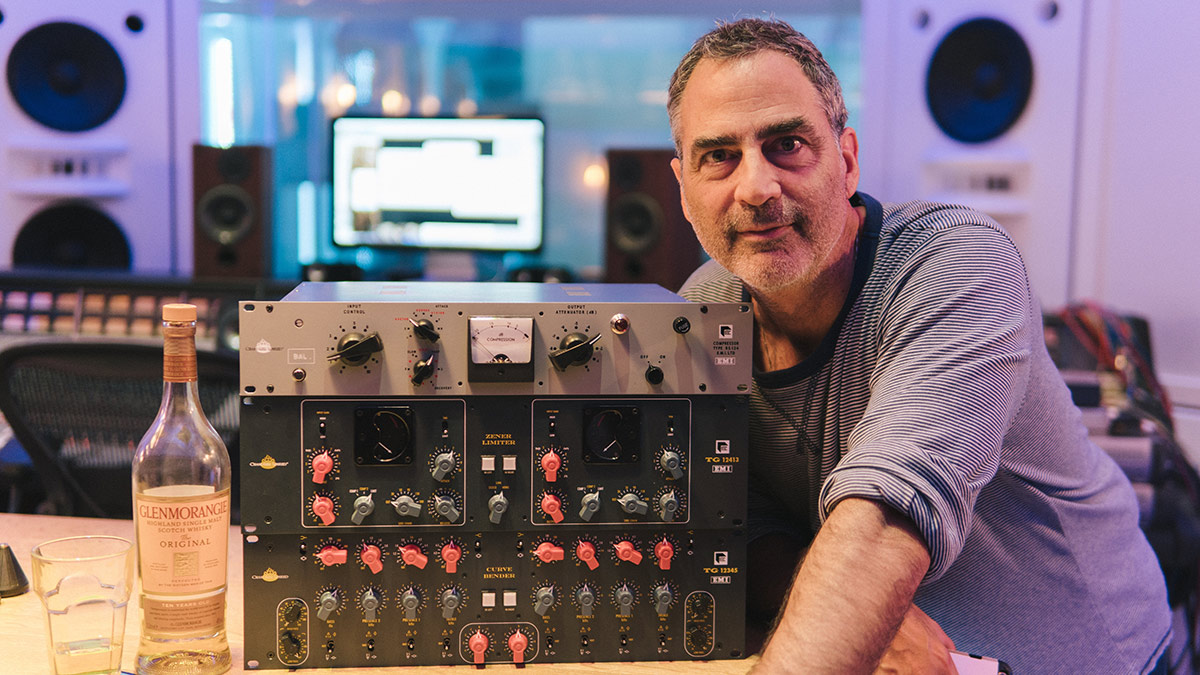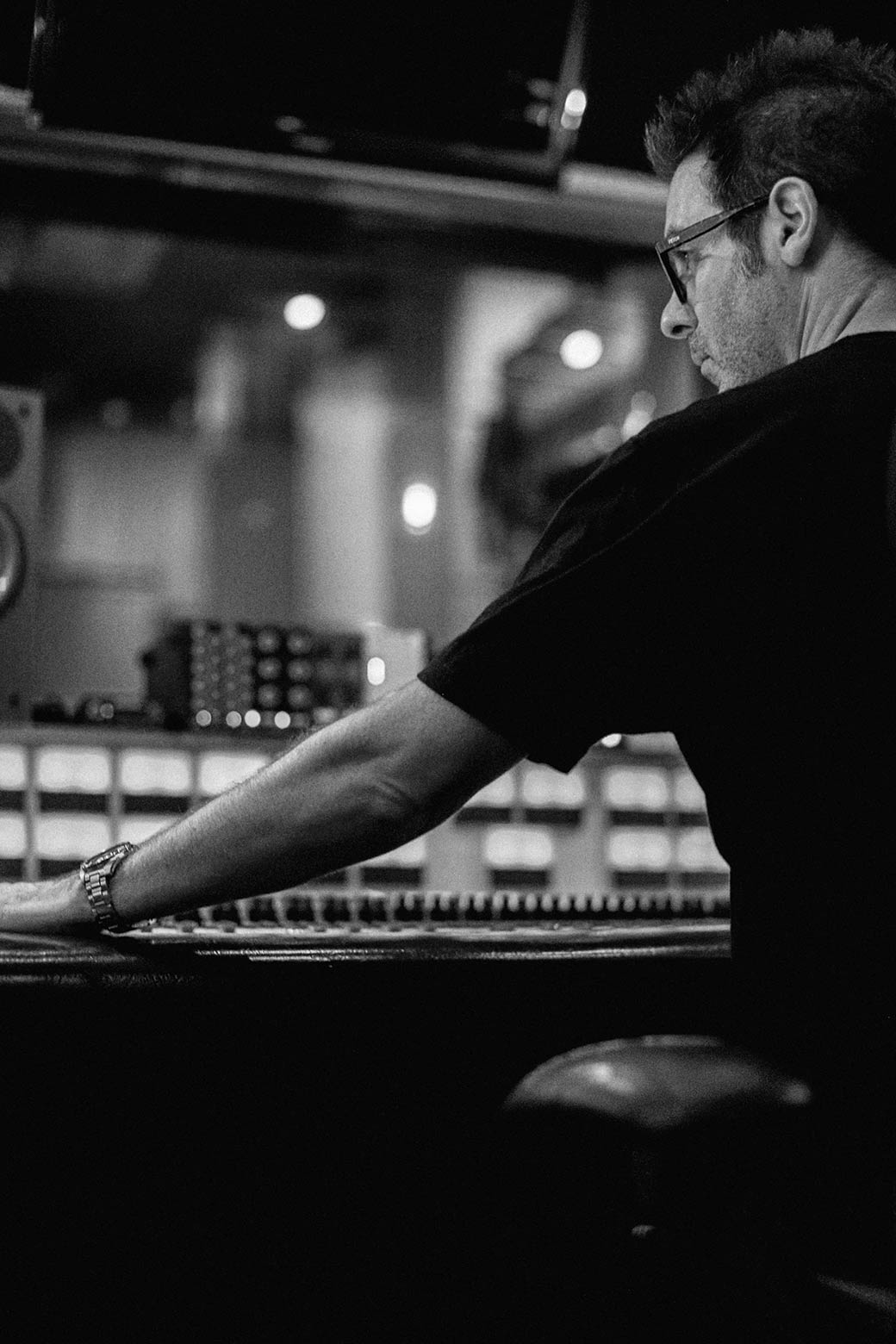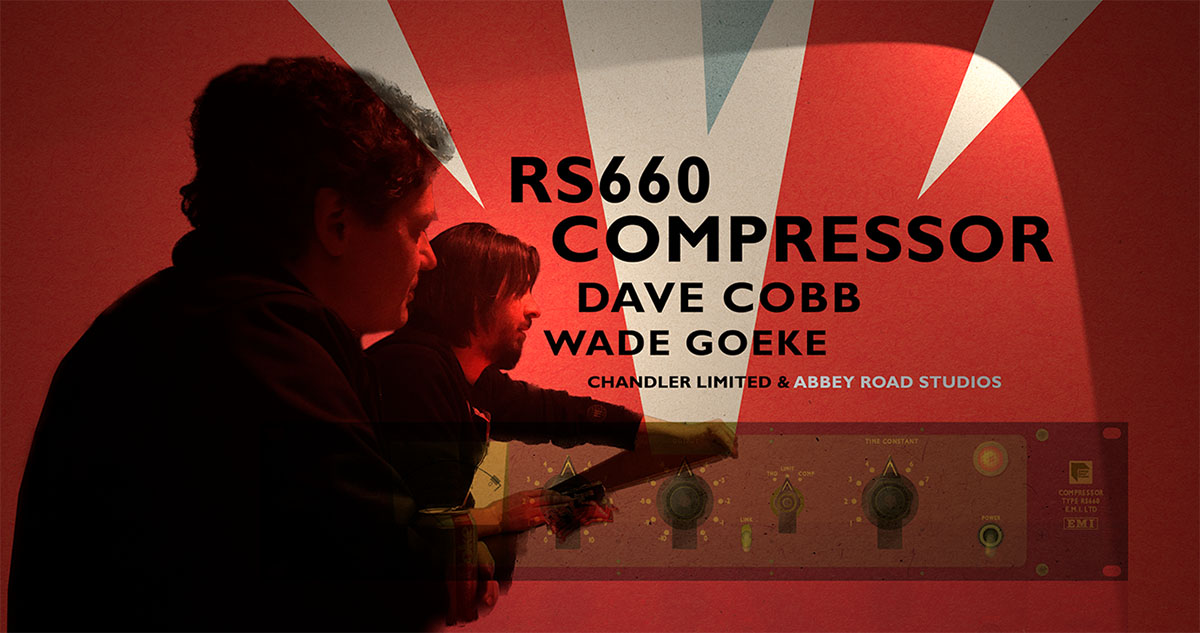Little Devil Preamp (500 Series)
By: Adam Kagan
Tape Op, Issue #88, Mar/Apr 2012
Most of you are probably familiar with Chandler Limited and Wade Goeke from previous reviews and experiences with Chandler gear — the cool-looking, vintage-styled processors with innovative, modern twists. This newest 500-series module in the Little Devil lineup follows the EQ and Compressor and is called the Little Devil Pre Amp. In this case, calling the module a preamp belies its true functionality, and we’ll see just how deep this processor is as we go along. The Little Devil series sports bold red faceplates with black knobs and white text, which make the markings very easy to read. There are a total of ten switches and knobs on the front of this single-wide 500-series module, but the layout and the sizes of the knobs and switches allow for easy adjustment of each control, so I never felt like I would accidentally change a setting. The front-panel controls include knobs for gain (66 dB of preamp gain), feedback/bias (more on that later), and output trim; switches for phantom power, polarity reverse, impedance, low-cut filter; Bright (more on that later); line/mic selection; and DI input; and a 1/4’’ instrument input. This module has been tested to work in all current 500-series racks.
Like other Chandler gear, the amplifier circuit runs Class A and is transformer-balanced in and out, except for the 1/4” input, which injects directly into the preamp circuit after the input transformer. The unique design of the Little Devil Pre Amp includes the ability to adjust, with one knob, the negative feedback and bias of the amplifier circuit, giving the user an incredible amount of control over tone, harmonic content, and attitude. Of course the gain, feedback/bias, and output controls all interact in that the interplay of gain versus feedback versus output level provides immense variations in gain structure, drive, and overall character. Besides the gain structure variations, the other tone-shaping controls include the impedance switch, which affects both the line and mic inputs; the low cut switch, which gently rolls off audio below 100 Hz; and the Bright switch, which changes the damping of the output transformer and effectively boosts the high frequencies in a very natural-sounding manner.
In the studio, the unit delivers in so many ways. As a mic preamp, the tone ranges from super clear and present to slightly overdriven and saturated, and even further to clipped and punchy. Regardless of the amount of drive applied, the Little Devil Pre Amp always produces balanced, focused, and musical tones, free of any harsh artifacts. I found the preamp excellent on all drums, acoustic guitar, vocals, and bass. The impedance and Bright switches allow for an even a wider range of tonal options. The impedance switch changes what I would call the focus of the sound, sort of softening the low frequencies in one setting, versus pushing and tightening the bottom with the other setting. The transformerless DI sounds clean and punchy, with a very solid bottom end, again with tons of tonal control available from the onboard controls.
For me, the real power of this box comes through during mixing. Switch the input to line-in and patch your DAW tracks into the balanced input for an incredible amount of tonal control. When I ran a bass track through the unit and started playing around, the first thought that struck me was that no matter how much variation I dialed in, the sound was never “bad”, meaning that even extreme settings would be useful in certain situations. In this situation, the closest comparison I can make is to a great guitar or bass amp that can be super-clean or super-dirty, with every tone sounding musical and euphonic. With the Little Devil, I could change a Fender bass’s character from a warm, round, and saturated tone, to a solid P-Bass clean tone, to a clipped, bright, and slappy sound — all by adjusting the gain, feedback, output, and Bright controls. The amount of punch and low-frequency push could be further adjusted by switching the impedance. Dialing in these tones is so much fun, it feels like you are playing an instrument.
Similarly, on snares, kicks, and acoustic guitars, I could dial in just the right amount of harmonics, roundness, presence, or punch. Having only one unit, I didn’t get to try a pair on a drum bus or stereo mix bus, but I only imagine the possibilities there. I can’t think of any processor that does this much as effectively as the Little Devil, and the tonal variations and saturation available from it go a long way towards fitting instruments into a mix with very little further equalization or compression.
This processor may be as close as I’ve seen to a “desert island” mic preamp, direct box, and mix processor, effortlessly covering the sonic range from vintage tube mic preamps to modern, high-voltage discrete preamps. It’s a bargain for the amount of punch it packs.
($899 street; www.chandlerlimited.com)
–Adam Kagan <adamkagan@mac.com>






